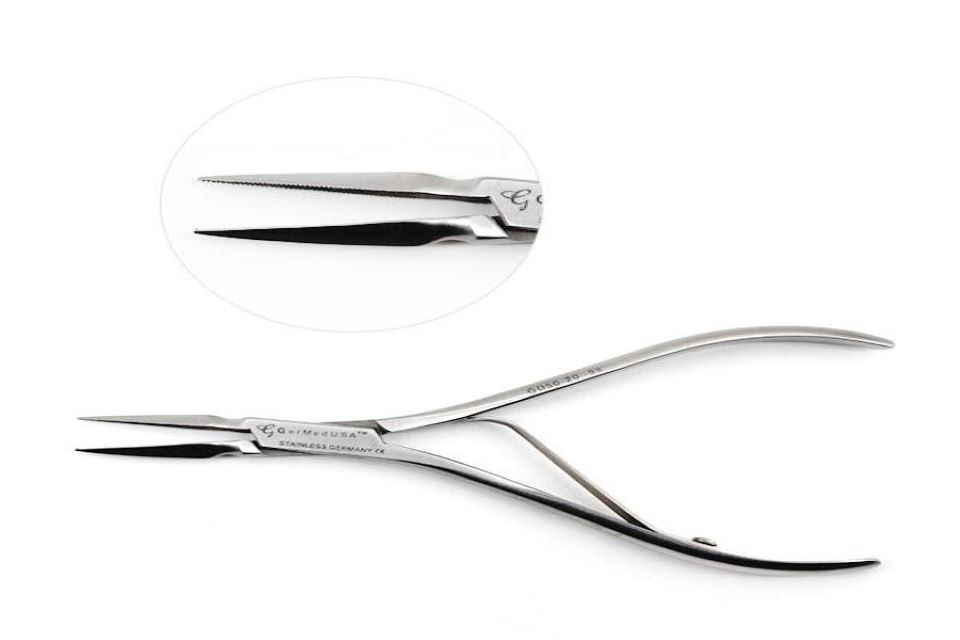In oral treatments, tooth removal is often the last resort. Dentists aim to prevent the need for extraction by administering oral and surgical treatments. However, it is necessary to extract the tooth if the condition is untreatable by other methods. Experts use dental extraction forceps to grip the crown and pull the teeth clean from its socket. The goal is to maintain the grip when removing the dentin and severing the connective tissue that connects the pulp to the vessels in the alveolar bone.
How to Ensure a Successful Extraction?
Tooth extraction is the permanent removal of a tooth from its socket. This is a surgical procedure, useful when the condition is not treatable by performing a root canal or administering oral medication to reduce infection. To prevent the spread of infection or decay, permanent removal is necessary.
Permanent removal is also necessary when treating malposed or extra teeth. To ensure a successful surgery, the dentist must use high-quality, dental extraction forceps and adjust their luxation technique accordingly.
The surgeon must use the correct orientation of the surgical apparatus used in uprooting teeth. Each quadrant of the oral cavity is distinct from the other in terms of accessibility and visibility. As such, several variations of the extraction forceps are available for the surgeon to use.
Advising the patient, the correct after-care protocol is also critical to the success of the surgery. Antibiotic prescription, rinsing schedule, avoiding solid food and hot beverages, rest, and using ice packs is the common treatment after an extraction surgery. That said, for fractured and bicuspid removals the aftercare may be different.
Description
These are grasping tools with a non-locking mechanism that gives the surgeon complete control over their motion when gripping crowns or broken parts of the dentin. Forceps are versatile tools that come in handy when exposing surgical sites in the oral cavity. A dentist may use this tool to hold, retract or stabilize suture accessories during procedures other than tooth removal.
The useability of the forceps greatly impacts healing times and the viability of the extraction site for later implants. Therefore, choosing a manufacturer that offers repair and restoration services is a necessary tool of the trade.
Function
The primary function of the tool in question is to pull out teeth, broken tips, and roots from the socket without causing trauma to the surrounding tissue and bone. However, this is a versatile tool that is present on the surgical tray in almost all dental procedures. Whenever gripping is necessary, be it the removal of gauze, bandage, or to pass ligatures a dentist will reach out for this grasping apparatus.
Dental Extraction Forceps Names and Types
Like all surgical instruments, these dental surgery tools are available in several configurations. The oral cavity can be a restrictive space to work on especially when treating molars and mandibular teeth. To perform a successful removal the exodontist may use one of the following types
Modified forceps
This is an orientation that provides the surgeon unaltered access to posteriors and third molars along the alveolar process. The jaw is powerful enough with elongated handles to reach these teeth and perform a clean removal. Moreover, the powerful jaw can be used to remove any difficult-to-pull tooth across the upper and lower regions of the denture.
Atraumatic
This is a slip-proof design with a fine jaw that holds and stabilizes the crown for permanent removal. The ergonomic handle design ensures minimum trauma to tissue, bone, and socket even if a fracture is present.
Root fragment
This orientation has an angled beak-like design that helps reach into the socket and carefully grasp tips and fragments that are left behind when the majority of the tooth is pulled out. Surgeons prefer to use this when treating incisors.
English pattern
Exodontists prefer this type when treating lower wisdom teeth on each side of the mouth. There are numerous beak-design variations available that work on the upper and lower jaw to enter the socket and hold the tooth from its lowest point if possible.
Quick Tips to Purchase the Best Dental Extraction Forceps
The identifying features of premium-grade surgical tools are the longevity, warranty, and materials used during manufacturing. Dental grasping instruments should feature
- First grade, German-forged stainless steel
- A 5 year or lifetime warranty against manufacturing defects
- FDA and ISO compliant
At GerDentUSA Inc. we meet all possible quality standards to bring premium-grade instruments to our customers. We value long-term customer satisfaction and as such offer reliable before and after-sale service to our customers across the globe. Place your order with us today!


